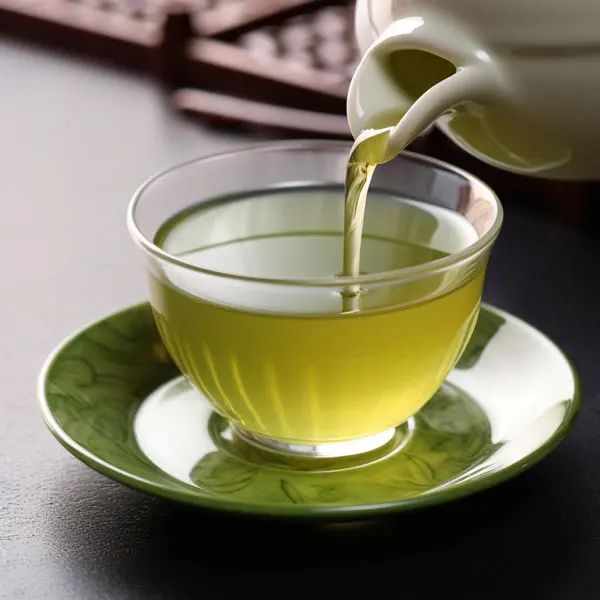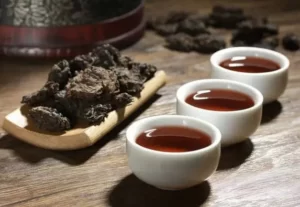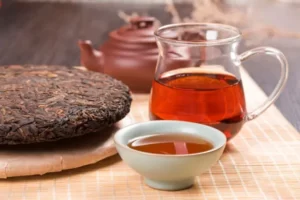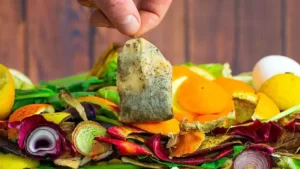Introduction
Since the inception of zisha clay teapot, craftsmen and literati have drawn inspiration from traditional Chinese ceramic, bronze, and lacquer decoration techniques, ingeniously incorporating them into zisha clay teapot decorations. They have created various artistic techniques for Yixing pottery, such as engraving, sculpture, appliqué, sanding, and mud painting.
Engraving
Engraving involves carving words or images with a knife on wood or stone, and the same technique applies to engraving characters on Yixing teapots. Artists usually start by sketching the design on the teapot using a pencil or brush (the pencil lines disappear after high-temperature firing).
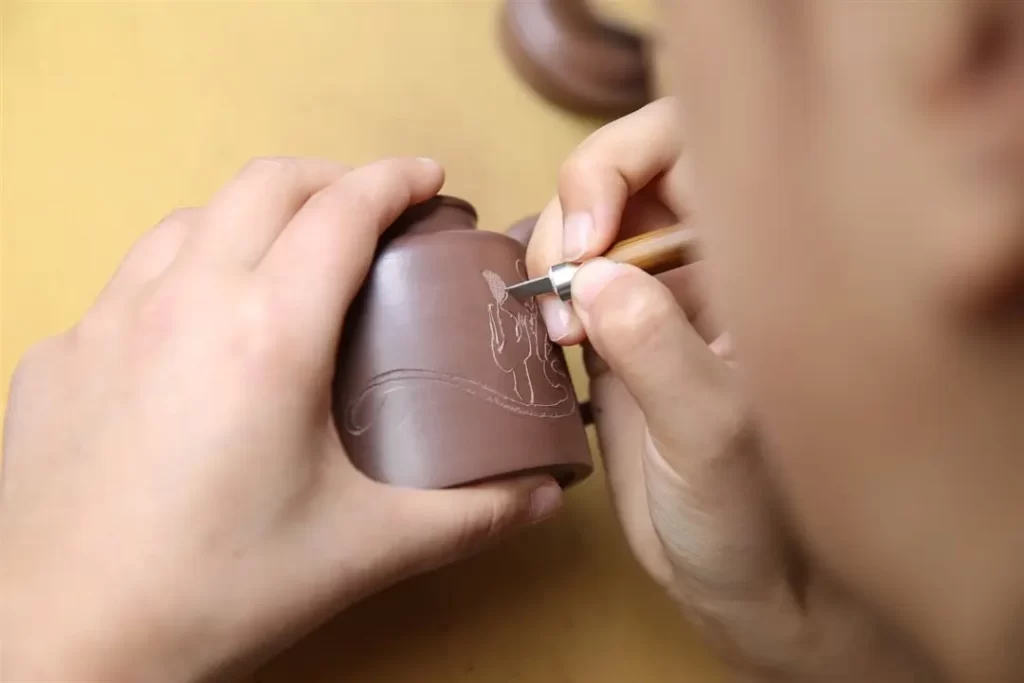
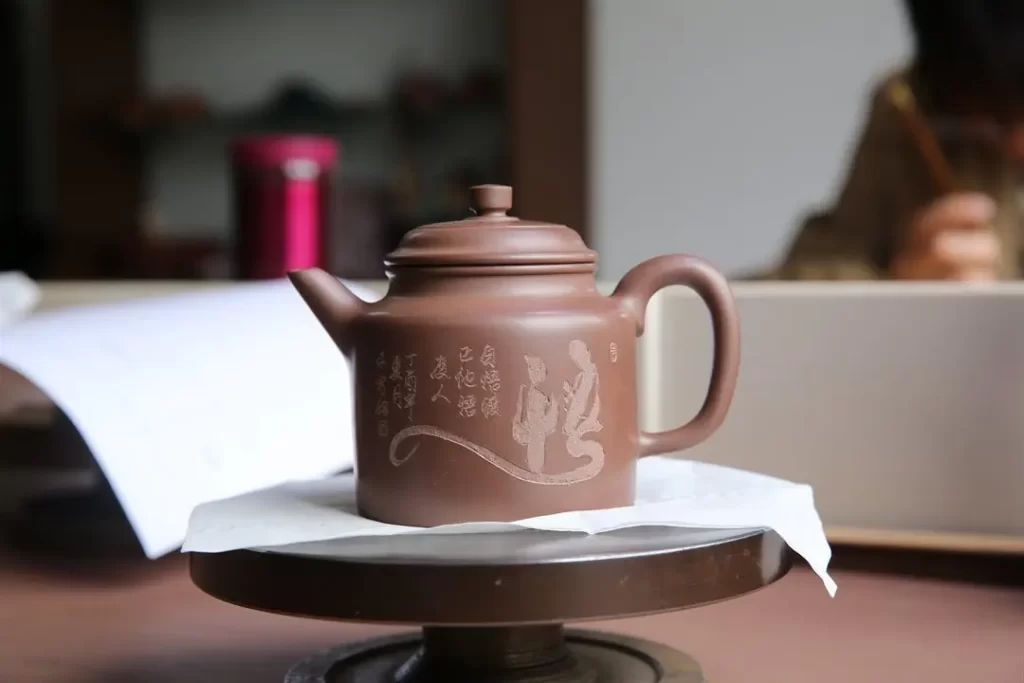

Engraving is a common and significant technique in Yixing decoration, contributing to the artistic essence of literature, calligraphy, painting, and seal engraving by incorporating poetry, flowers, birds, insects, landscapes, and figures into the teapot.
The engraving on Yixing teapots requires clear, round, connected, distinct, and vertically and horizontally balanced characters.
Engraving techniques include the double-knife and single-knife methods:
Double-Knife Method
The double-knife method involves first drawing the desired characters or images with a brush on the clay surface and then engraving the lines from both sides of the strokes. This method requires precision and neatness to create a seal-like effect.
Engraving on stones is even more challenging, so characters are usually engraved on zisha clay teapots before firing. Engraving after firing is more difficult due to the hardness of the teapot, making it more complicated and expensive.
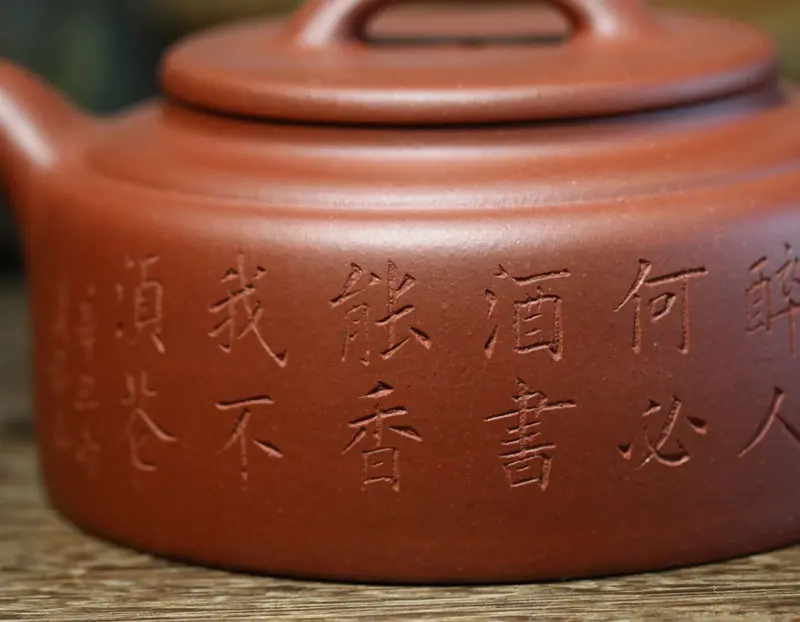
Single-Knife Method
The single-knife method does not require a preliminary sketch. The artist directly carves on the clay surface, allowing freedom in the use of techniques and imagination. This method requires the artist to master the balance between light and heavy, real and virtual, and thickness and size. Although more challenging, it offers a greater sense of freedom and depth.
Engravings made with the single-knife method have a stronger “epigraphy” texture, while those made with the double-knife method have smoother lines.
What is the “epigraphye” texture? It refers to the feeling of engraving on metal and stone, typically characterized by straight and non-smooth lines.


In the past, many people did not understand this, criticizing stone-like engraved teapots and saying they were done by elementary school students. But those who truly understand would know that achieving the desired engraving style and capturing its essence is quite challenging. It is not about replicating computer fonts perfectly. Therefore, for genuine appreciation, it is necessary to view more excellent teapots.
Knife techniques, or knife skills, refer to the skill and method of engraving characters and patterns on seal stones with engraving knives. Seal engraving is the combination of calligraphy and knife skills, commonly using Xiaozhuan (Small Seal Script) and Miuzhuan (Seal Script) as writing styles, and employing various knife techniques such as holding the knife, thrusting the knife, and cutting with the knife.
This type of engraving is done using a tool similar to a needle, giving it the feeling of meticulous brushwork. Beginners often favor this style.
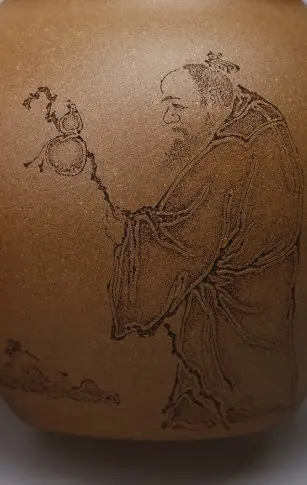
Seal engraving is the combination of calligraphy and knife skills, using Xiaozhuan and Miuzhuan as writing styles. When using a knife, four key points must be mastered: “stability, accuracy, intensity, and consistency.” The engraver should make steady cuts, maintain straight and even strokes, accurately insert the knife, apply sufficient pressure, control the direction and force of the knife, and achieve an even cutting motion. In the end, the engraving should be done in one go with a sense of coherence.
When buying engraved zisha clay teapots, it is important to avoid computer-engraved characters. Not only are computer-engraved characters of little value, but they also lack the charm of manual engraving. So how can we distinguish between hand-engraving and computer laser engraving?
The biggest difference is that computer-engraved characters appear very flat, while hand-engraved characters have depth. It is easy to understand since computers are ultimately machines.
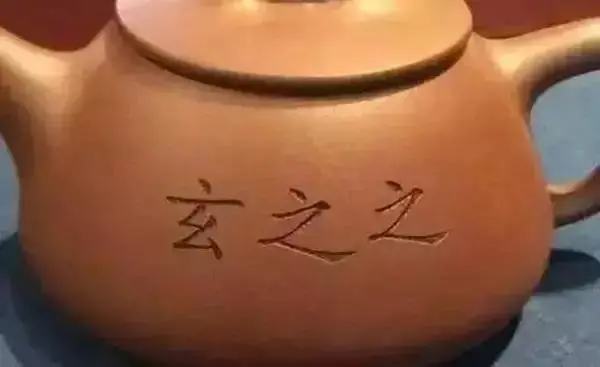
Mud Painting
As the name suggests, mud painting is a decorative technique that involves painting on zisha clay teapots and other pottery using clay. The zisha clay teapot is mixed into a paste-like consistency, and artists use brushes to paint poems, short phrases, flowers, birds, landscapes, and other subjects on the damp clay body. The paintings are simple, delicate, pleasing to read, and exude an artistic aura.
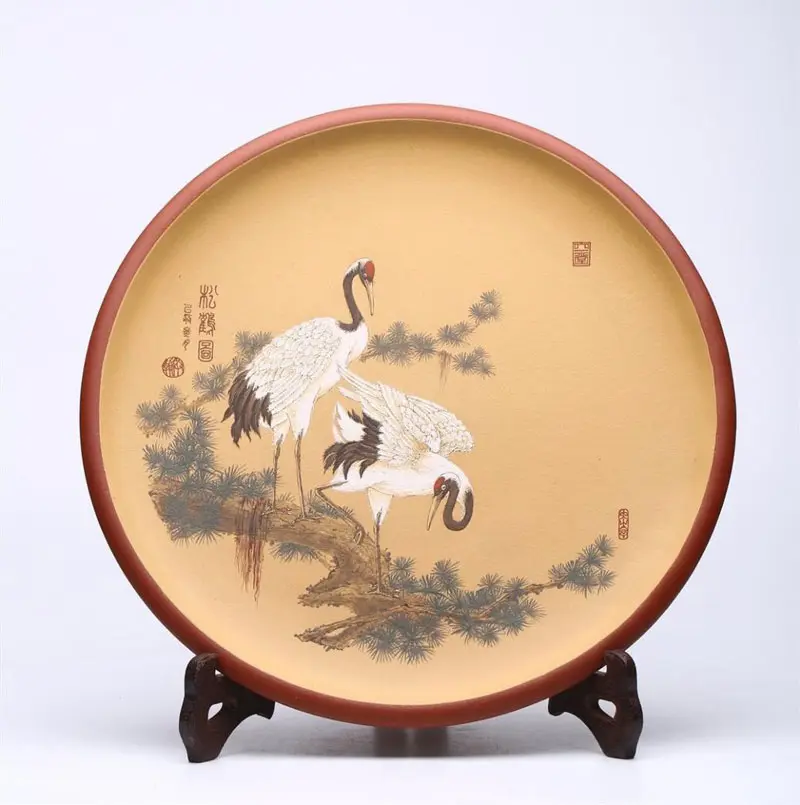
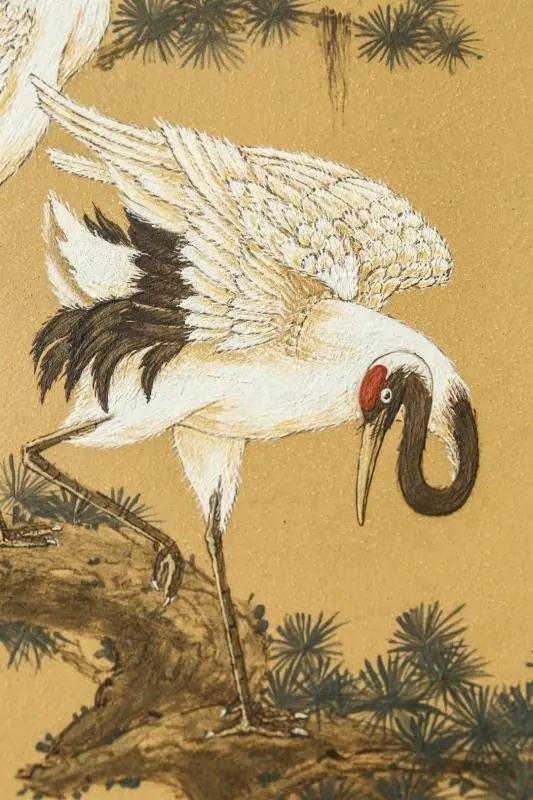
Mud painting can be further classified into natural color mud painting and contrasting color mud painting. It gained popularity in the late 17th century during the early Qing dynasty, requiring artists to possess artistic skills in calligraphy, painting, and sculpting to achieve excellent artistic effects.
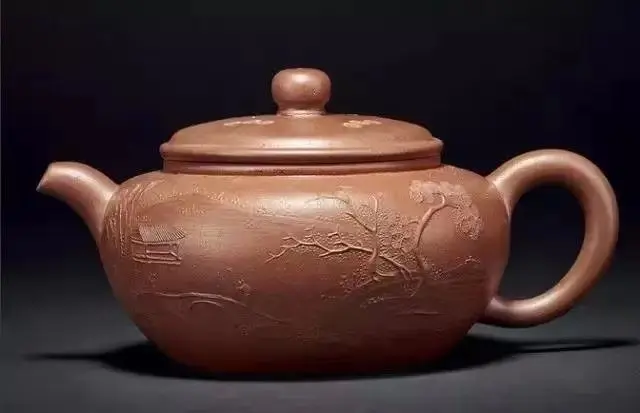
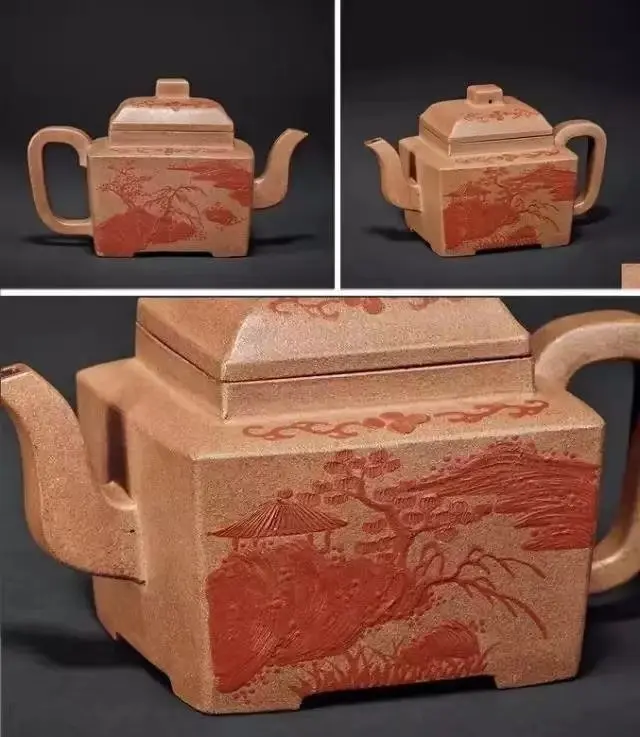
The mud painting technique for zisha clay teapots is extremely challenging and demands comprehensive and outstanding artistic skills. Artists need to have a deep understanding of clay materials, mastering the texture and nature of the Yixing clay to the point of using it like ink.

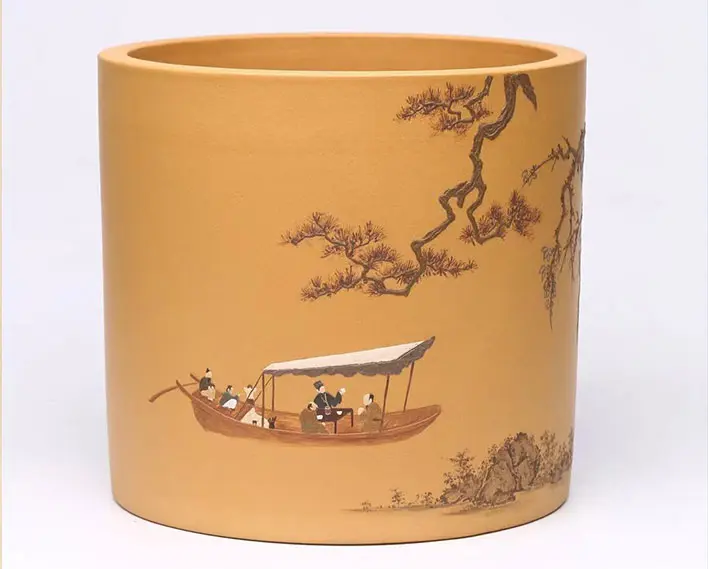
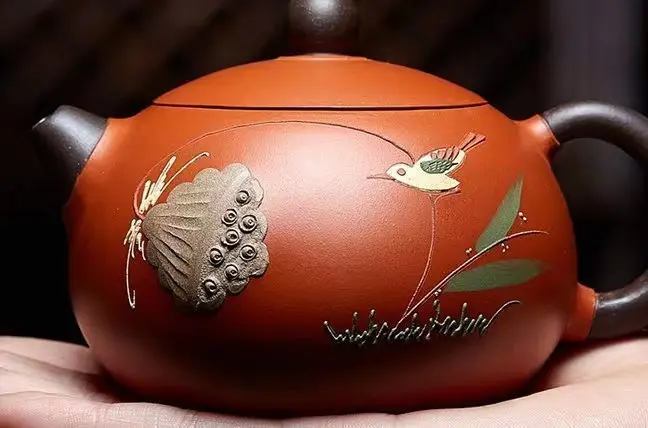
After mud painting is completed, the teapots need to air-dry before undergoing the regular firing process. The entire process takes a long time, but it results in a three-dimensional and highly layered effect. Such works have a low production rate, with only around 20 produced in a year, making them highly sought after.
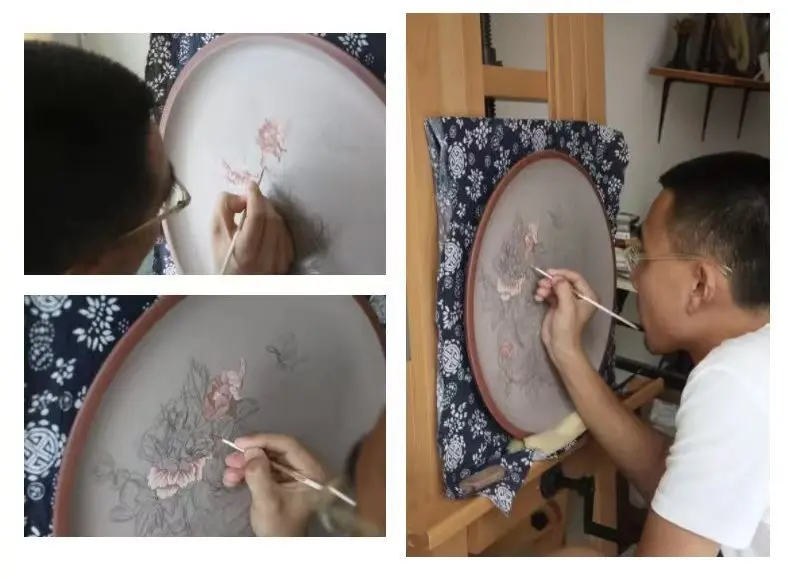
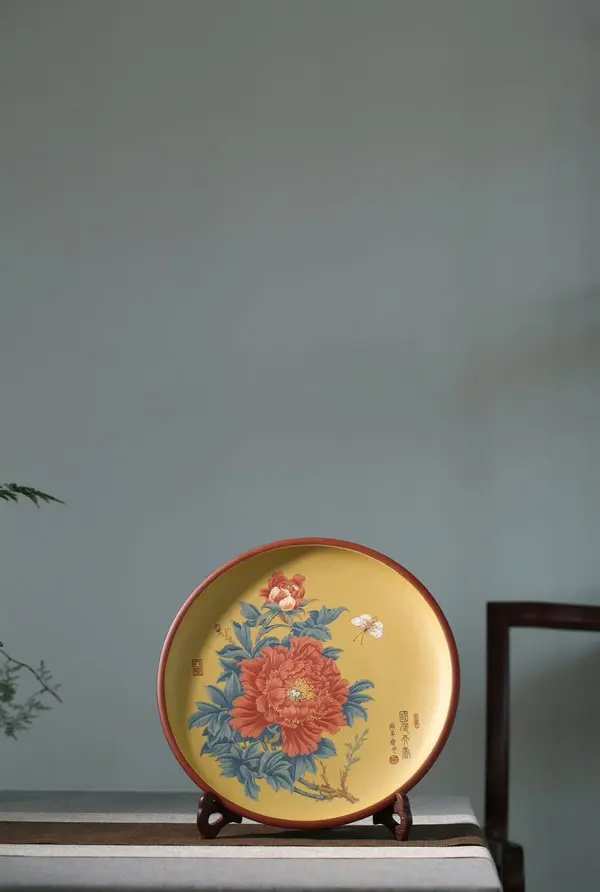

Lacquer Carving
Lacquer carving, also known as “tihong(剔红),” involves applying several layers of lacquer on the surface of zisha clay teapots and then carving exquisite patterns into the lacquer layers using a carving knife. It was mainly used for court utensils and rarely seen among the general public. During the Ming dynasty, a Da Bin zisha clay teapot featuring lacquer carving was treasured in the Palace Museum in China, and it is the only known one of its kind in the world.

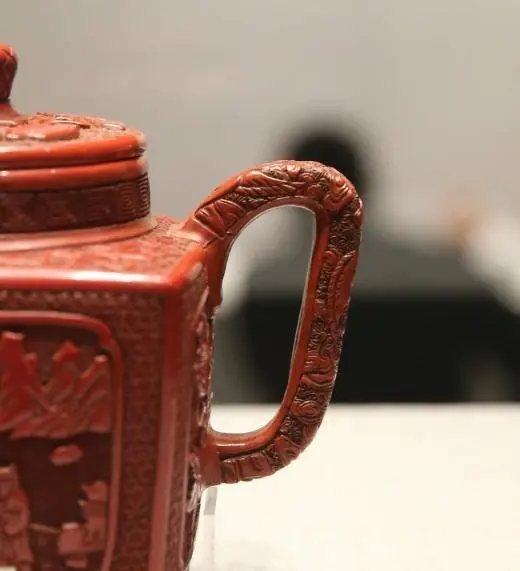
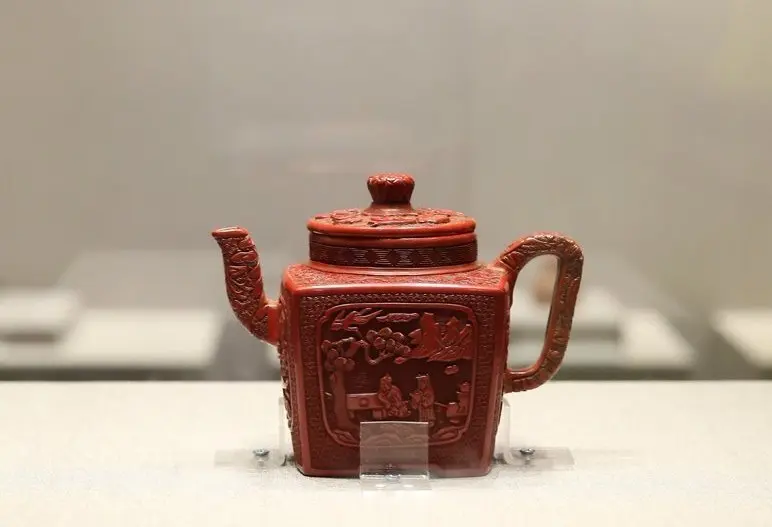
Stamp Printing
Stamp printing involves first carving the desired design onto a wooden, stone, steel, or polyester plate and then pressing the clay slab onto the plate. The imprinted pattern is then attached to the formed body of the teapot.
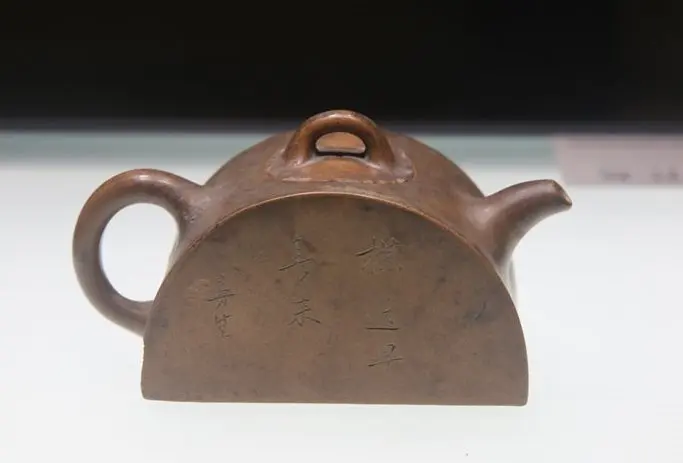
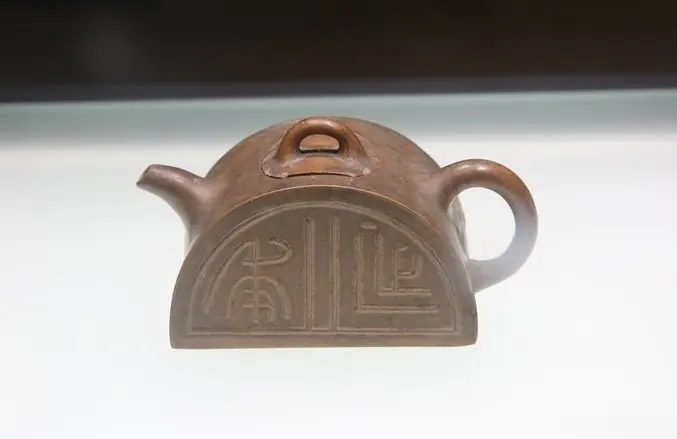
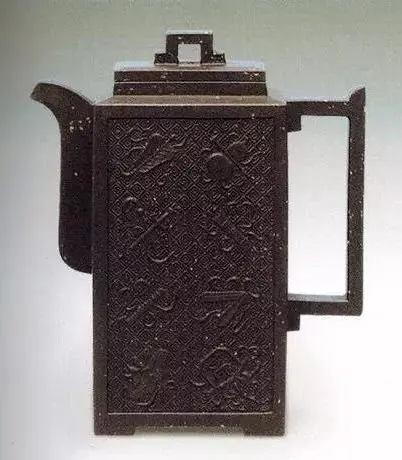
Gold Embossing
Gold embossing, also known as “gilding,” involves mixing gold powder into a paste and using it to draw designs on the fired teapot. Then, it goes through low-temperature baking at 600 to 800 degrees Celsius. Gold embossing is one of the traditional decorative techniques in Yixing pottery. Lacquer painting involves coating the raw purple clay teapot with black or red lacquer and then painting on top of it. Even after hundreds of years, the teapot retains its splendid and brilliant appearance.
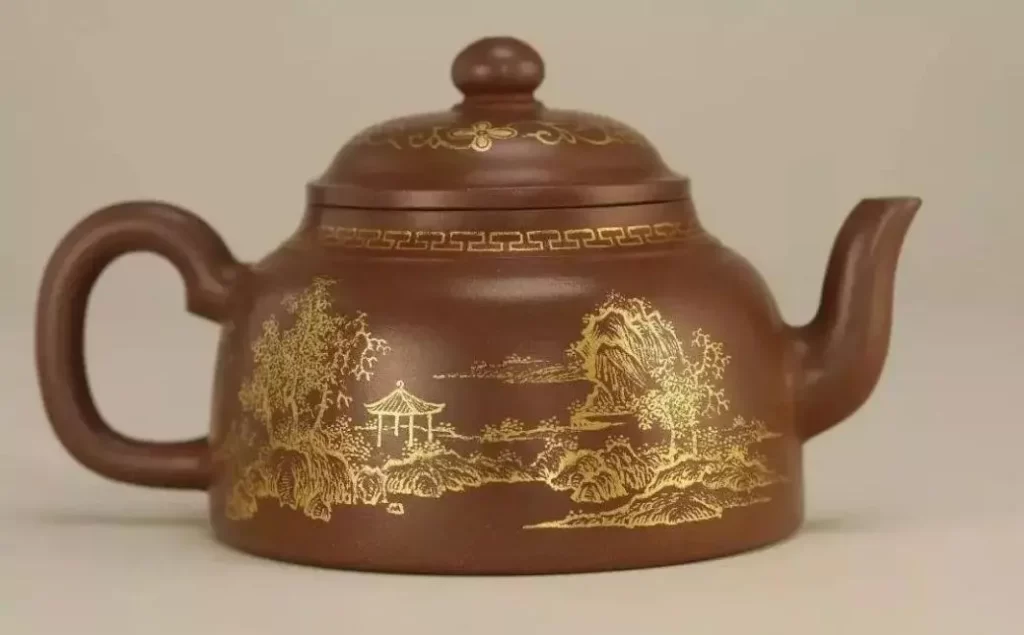


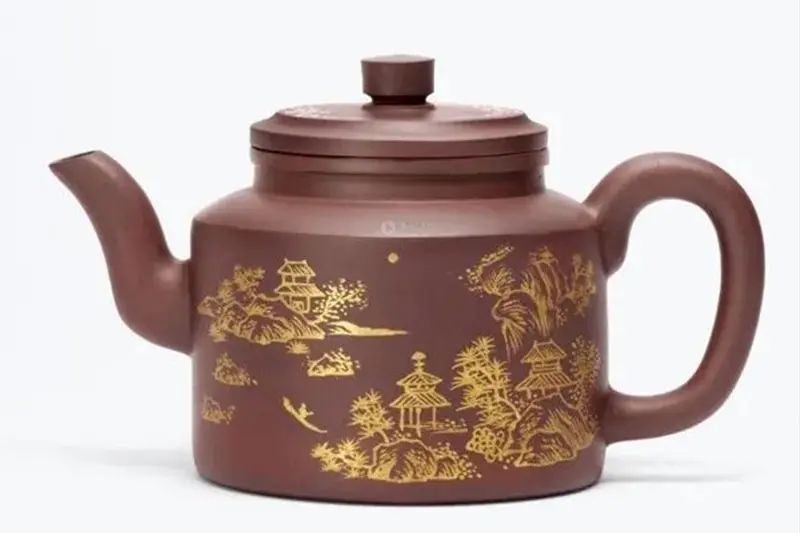
The so-called gold embossing is generally used on the surface of lacquer. The painted lacquer is painted with black lacquer and vermilion lacquer on the blank teapot body, and then painted with color, which remains golden after a century of time.
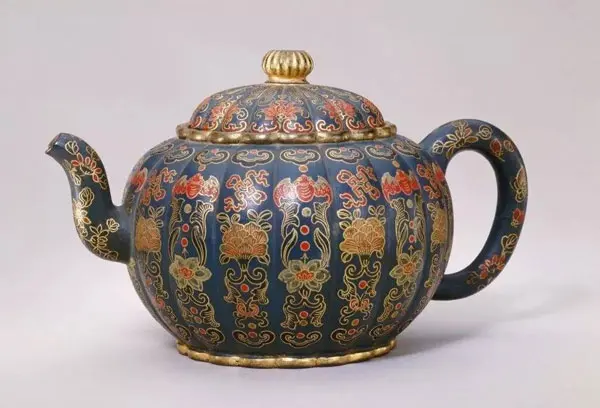
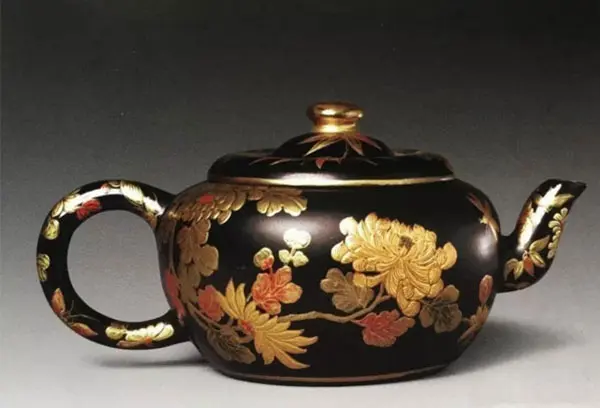
Colored Glaze
Colored glaze decoration started during the Kangxi period of the Qing Dynasty. It involves painting or dripping glaze on the fired purple clay teapot, followed by a second firing at 800 to 850 degrees Celsius. Colored glaze can be done in various styles, such as polychrome, enamel, pastel, blue and white, pointillism, and Langyao glaze.
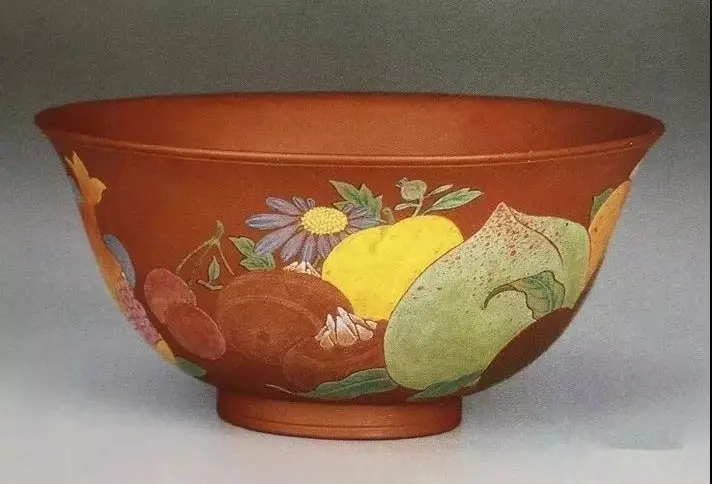
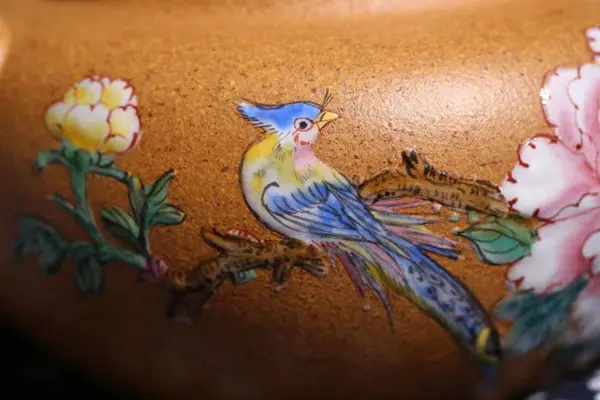
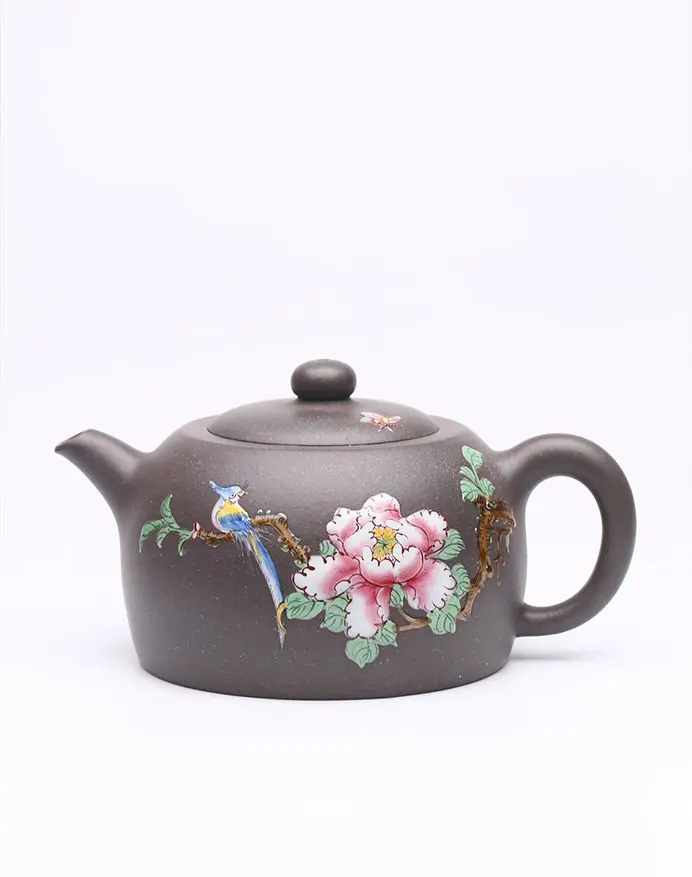
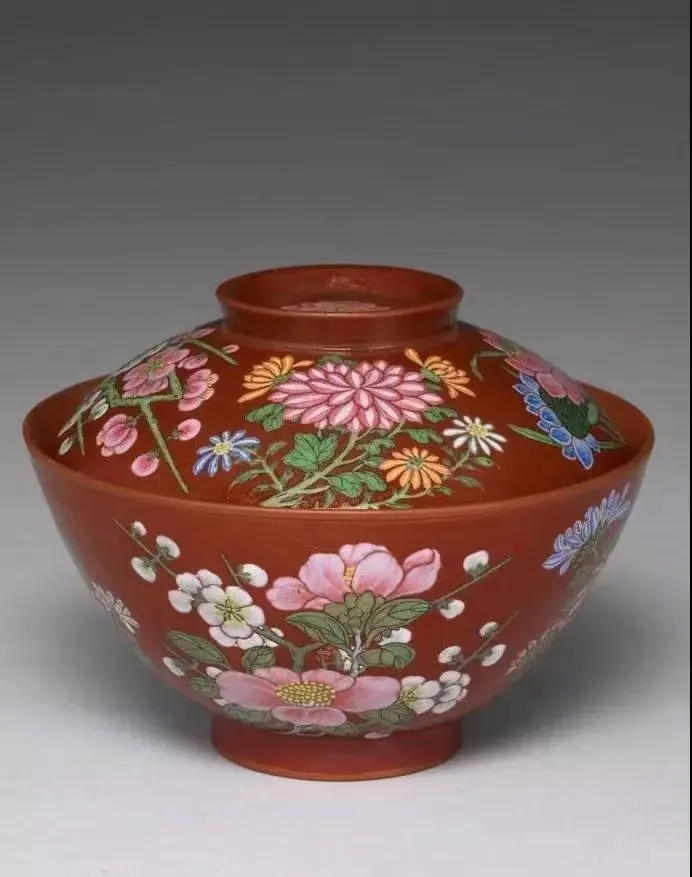
Inlaying
Inspired by the “gold and silver inlay” technique in bronze ware, craftsmen first carve grooves on the raw purple clay and then embed various materials into the grooves after firing. They then file and polish the teapot, creating exquisite patterns.
Inlaying often uses precious materials like jade, gold, silver, agate, ivory, coral, and redwood to create an opulent and luxurious effect.
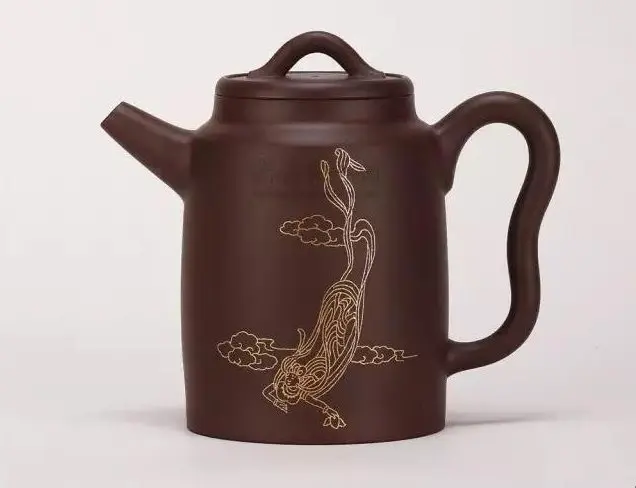
Inlaying Clay
Inlaying clay involves carving designs into the semi-dry purple clay body and embedding contrasting colored clay materials into it. After firing, the teapot exhibits a vibrant and eye-catching appearance.
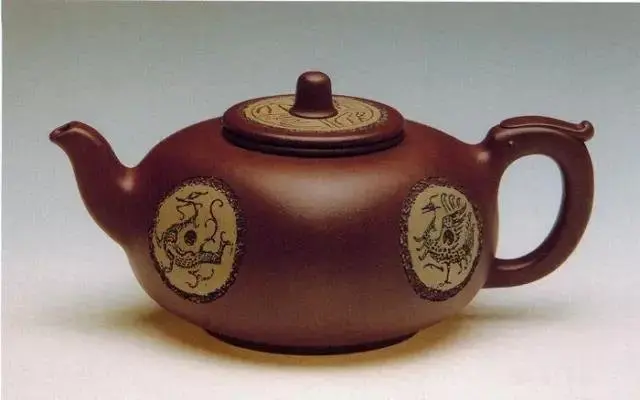
Marbling
Purple clay marbling involves using two or more different-colored purple clay materials and kneading, pressing, layering, and embedding them together using various techniques.
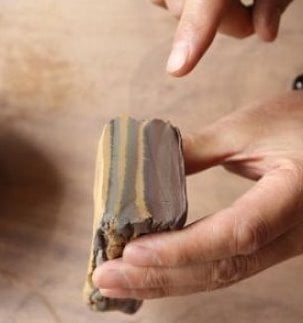
The patterns formed on the small teapot surface appear both realistic and illusory, creating a natural and magical ambiance, showcasing the unique decorative aspect of purple clay marbling.

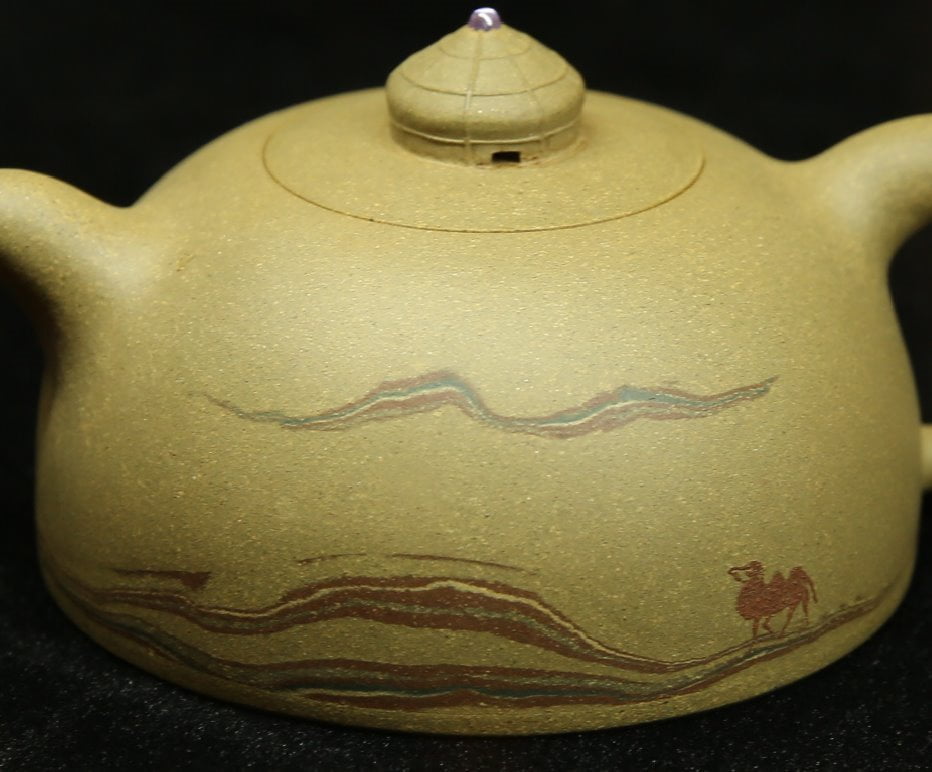
Gold and Silver Plating
Gold and silver are processed into thin sheets and usually wrapped around the spout, knob, handle, lid, and rim of the teapot. This not only protects these parts from scratches and damage but also enhances the artistic appeal.
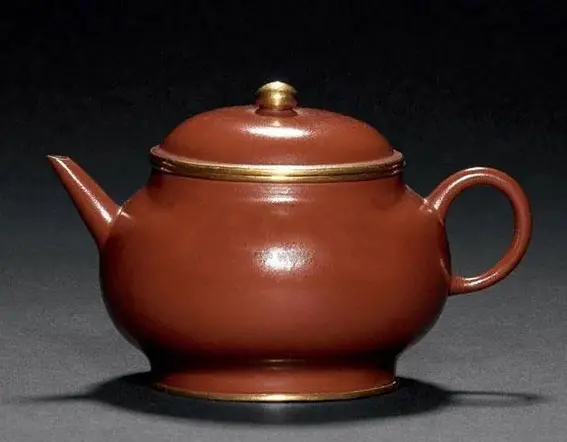

Hand Painting
Hand painting is another way of decorating Yixing teapots. Colored patterns are painted on the natural color of the purple clay teapot before firing it again. Jingdezhen is famous for its hand-painted teapots. After the initial firing, the patterns are painted again before the second firing, ensuring that the colors remain intact even at high temperatures. A tip: beware of counterfeit teapots that have painted designs that easily wash off like temporary tattoos.

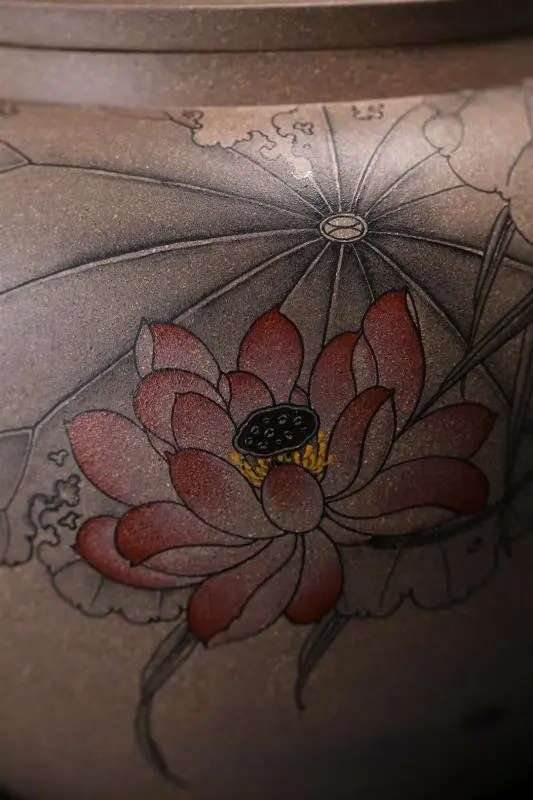
Sanding
Sanding is a traditional and special decorative technique for purple clay teapots, similar to sculpting with sand. The goal is to make the texture of the teapot body richer, with “grains shining and glimmering.”
The method involves sprinkling processed sand or purple clay mineral sand on the surface of the purple clay body, then gently tapping and smoothing it, making the sand particles embed into the surface layer of the clay. After firing, the embedded sand particles and clay create different colors and textures, enhancing the decorative beauty of the teapot.
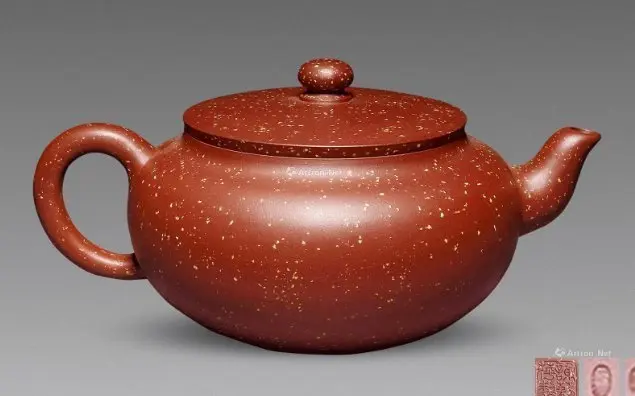
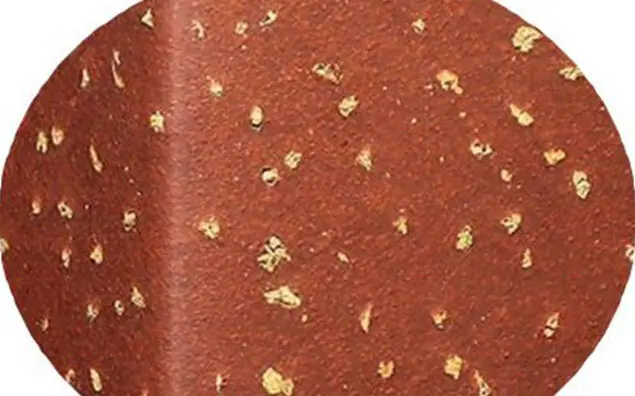
Appliqué
Appliqué involves cutting clay into small pieces, shaping them into flowers, leaves, petals, and other forms, and then using mud paste to stick them onto the teapot for decoration. Appliqué can encompass a wide range of themes, including natural plant forms like plum blossoms, orchids, bamboo, and chrysanthemums. This artistic technique creates a three-dimensional effect, harmoniously unifying with the teapot’s overall aesthetic and adding color to Yixing pottery.
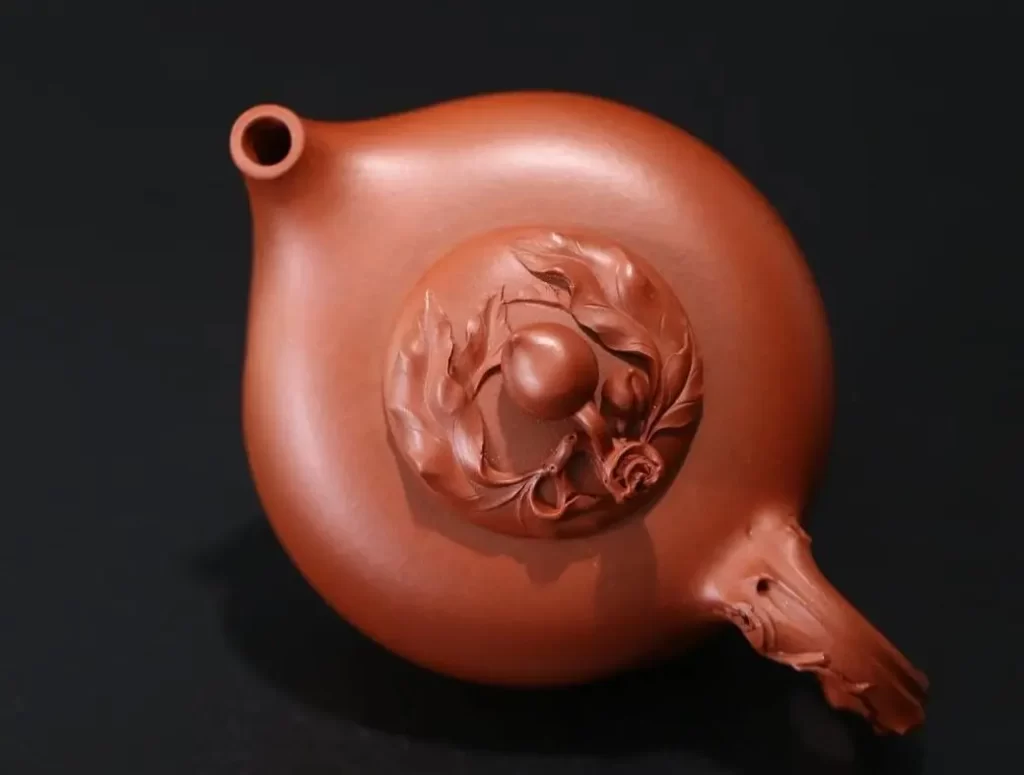

Bamboo Weaving
Bamboo weaving is a technique where artisans use small and delicate knives to carve bamboo-like lines on the teapot, creating a bamboo weaving effect. This decorative technique requires meticulous handwork and takes two to three months to complete. Few artists in Yixing, particularly in the Dingshan area, are skilled in this highly challenging craft.
The image below shows a teapot with bamboo weaving. In the past, it was mainly found in imperial courts and is now rarely seen. The production process for this type of teapot is also highly demanding.
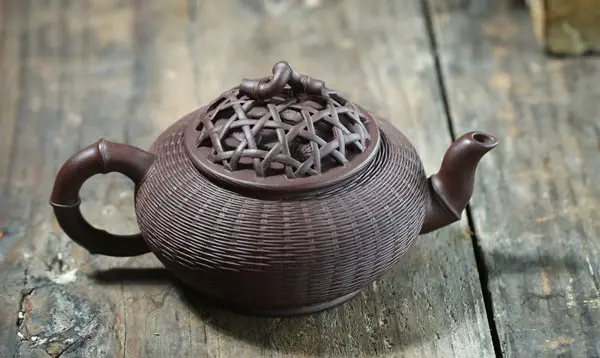
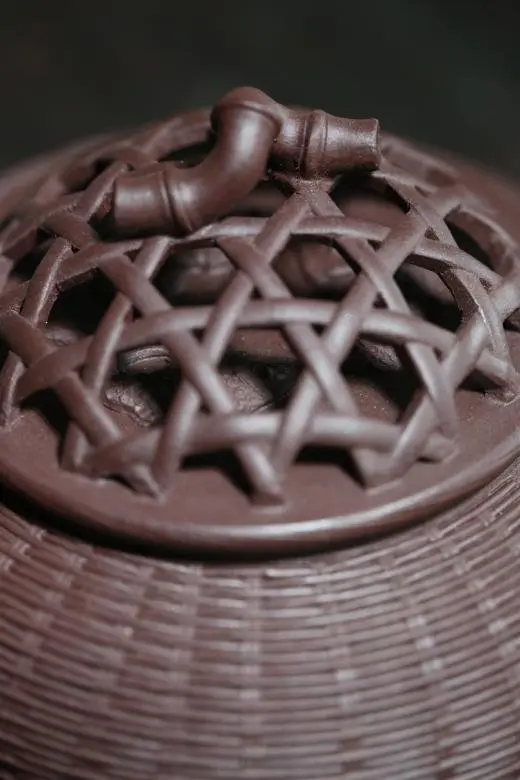
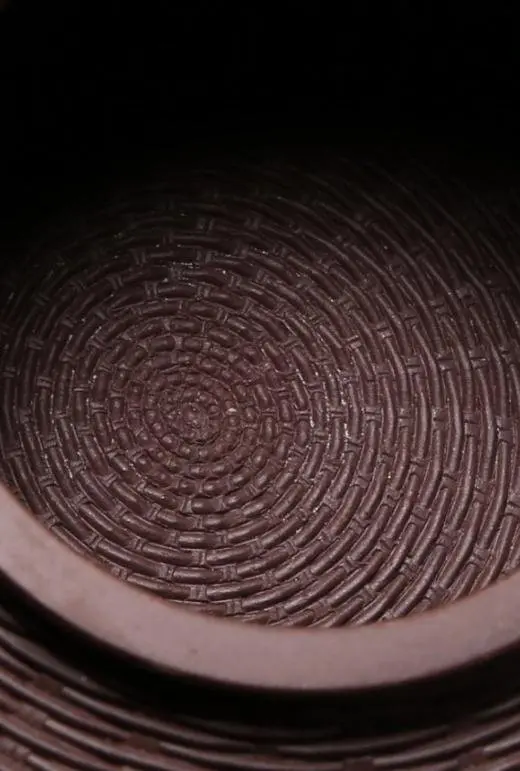
Fortunately, we have found a master who can create zisha clay teapots like this. The teapot in the picture is entirely handmade, featuring both internal and external bamboo weaving. Every detail is meticulously carved. Currently, he is the only one in Yixing who can achieve this level of craftsmanship.
Summary
The aforementioned techniques represent various decorative methods employed in zisha clay teapot making. With the popularity of teapots and the passage of time from the Ming Dynasty to the present, a wide range of decorative techniques have been developed, all incorporating traditional Chinese culture.
